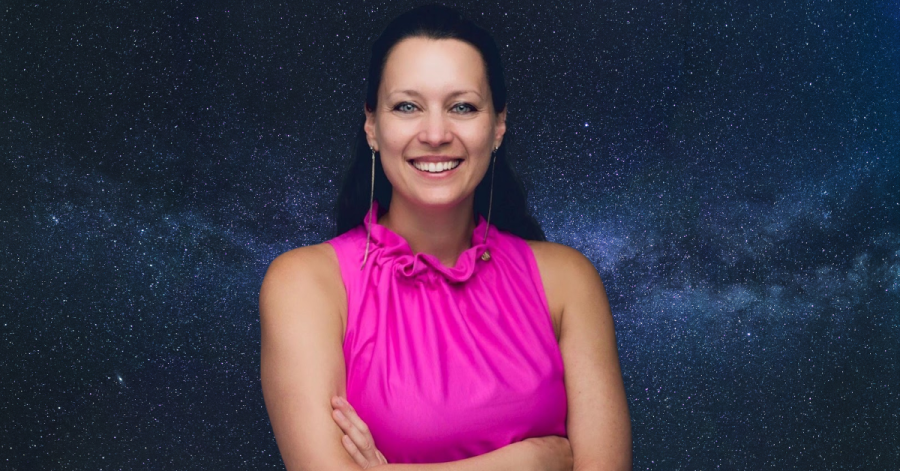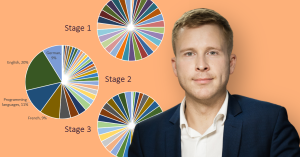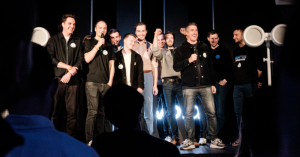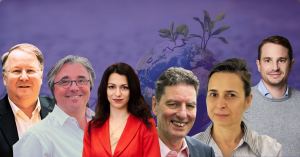Oceans cover 71% of Earth and drive vital systems that impact life on land. How can we preserve their health? Increasingly, scientists are using AI to analyze vast ocean data, uncover new insights, and develop solutions.
The Recursive met with Vivien Puppa Kocsis, an award-winning researcher at Harvard University and NASA, to discuss the topic. She is a data scientist with an MBA from Wharton, Vivien has also held roles in consulting, strategy, and venture development at McKinsey, Google, and Rocket Internet.
The interview was conducted during this year’s Webit edition in Sofia, which focused on the sustainable future of AI.
The NASA Project: Decoding oceans with AI
While pursuing a Master’s at Harvard, Vivien initiated a collaborative research project with NASA, applying AI, machine learning, and computer vision to analyze satellite data. The objective: to better understand the Earth’s oceans on a global scale.
“This was classic academic research,” Kocsis explained. “We utilized advanced AI algorithms to process satellite data and derive insights about the oceans. This work is set to be published in two academic journals and has already won multiple awards (including a Harvard University award).”
The research isn’t just theoretical; it has real-world applications. Vivien usually starts her panels with a question: What is the most critical creature on Earth? The answer may surprise you: it’s not bees.
Phytoplankton, invisible to the naked eye, but observable from space, produces over 50% of the Earth’s oxygen. Additionally, it plays a crucial role in absorbing large amounts of carbon dioxide from the atmosphere.
Vivien’s team traced the development of phytoplankton within an eddy that broke away from the Gulf Stream and moved outward. Their study uncovered changes in phytoplankton communities.
Why does this matter? Phytoplankton, vital to the marine food web and carbon cycling, are crucial for understanding ocean health and future climate predictions.
Her research was presented at the United Nations “AI for Good” conference. When asked about AI’s role in climate solutions, Vivien highlighted its dual nature.
Challenges in developing AI algorithms
“My team of six data science students wrote over 100,000 lines of code and processed more than 30 billion lines of data. Some algorithms were so computationally intensive that we had to let them run for hours or even days,” Vivien recalled.
The growth of AI is a key factor contributing to the swift growth in the volume of global data creation volume. It is predicted that by 2025, the world will generate 181 zettabytes of new data, and that will increase to over 2,000 zettabytes by 2035.
“I believe AI has two sides. On the positive side, it can greatly enhance our understanding of the planet, for example, by analyzing satellite data to better comprehend climate patterns. On the downside, AI requires massive computational power, which results in substantial energy consumption,” shared Vivien.
Data centers are being constructed globally at an unprecedented pace, consuming vast amounts of energy and water. Addressing this paradox is critical. For instance, a 1 megawatt (MW) data centre can use up to 25.5 million litres of water annually just for cooling – equivalent to the daily water consumption of approximately 300,000 people.
This challenge is not unique to NASA-related projects. Many AI-driven initiatives face similar hurdles, particularly with the energy demands of running complex algorithms.
“The biggest opportunity lies in making data centers more sustainable and energy-efficient,” Kocsis suggested, underlining the need for strategic partnerships between technology firms and environmental organizations.
Kocsis remains open-minded about the potential to scale NASA research into a startup. Next on Vivien’s agenda is delivering a TEDx talk at Harvard in April next year.








